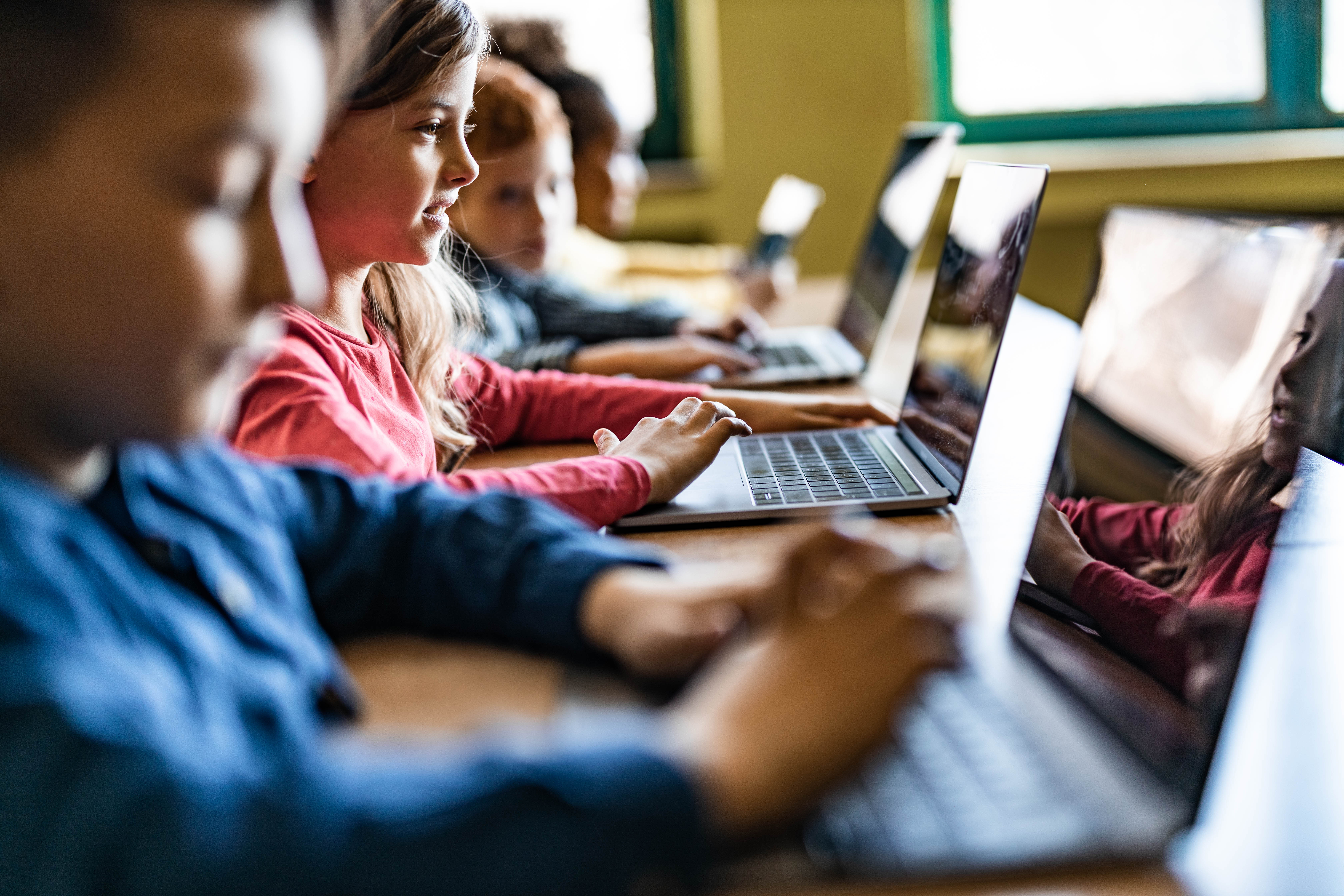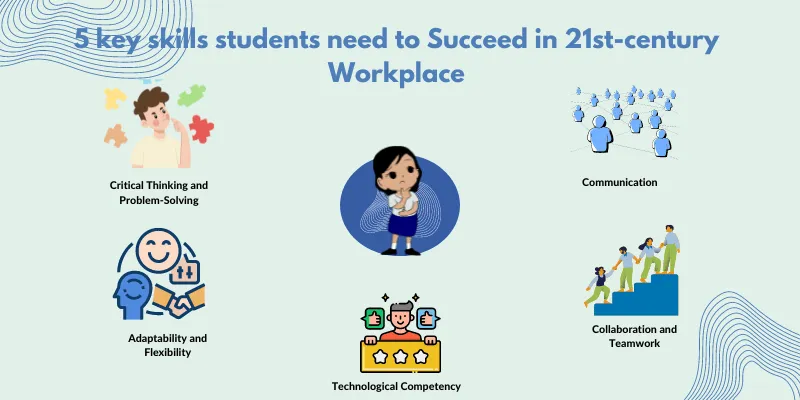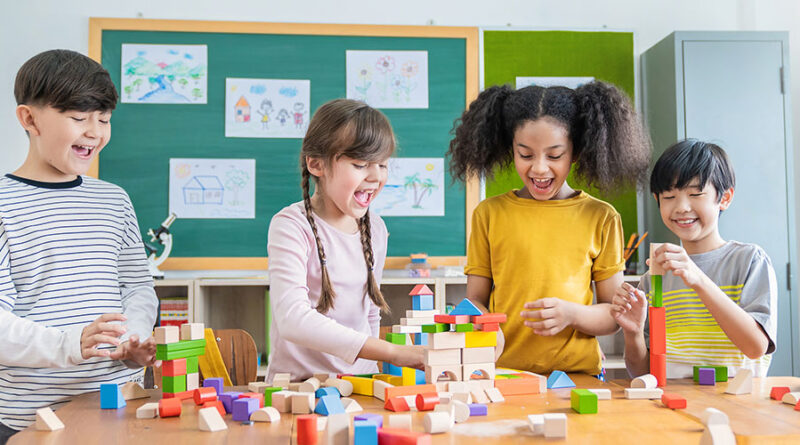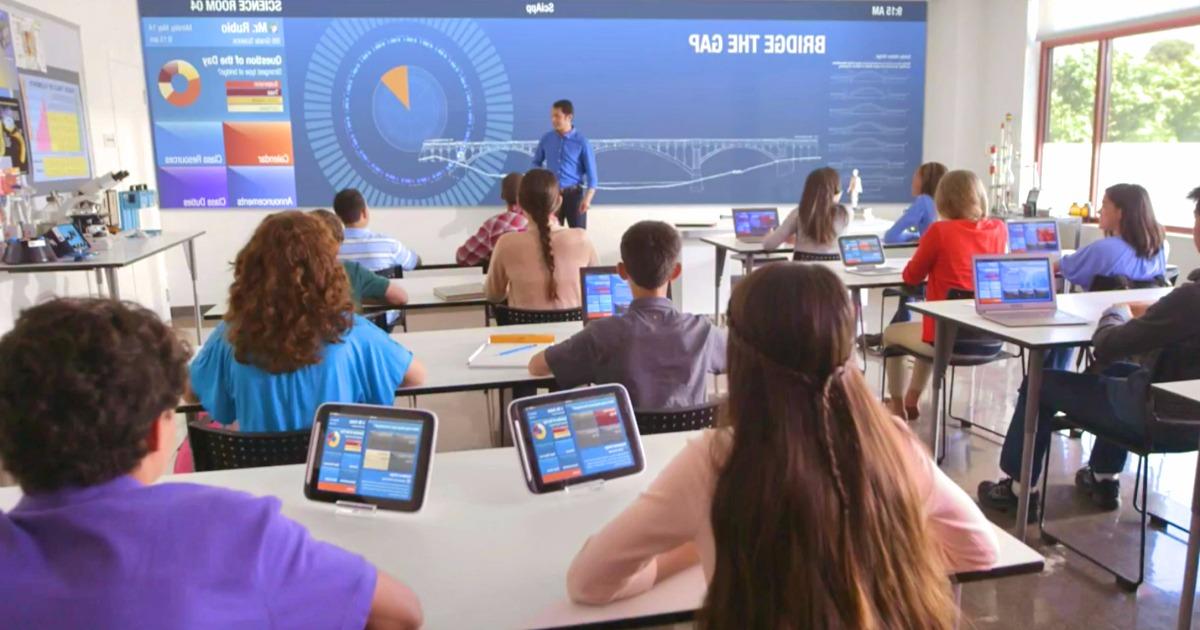Thanks to this week’s presentation by my classmates on productivity suites that gave me a chance to reflect on their effect in education and to ponder on their role in developing 21st century skills among students. The below mentioned readings gave me some valuable insights into how these digital tools mould teaching as well as learning experiences.

Microsoft office, Google workspace etc are productivity suites that have become integral part of modern education.As mentioned by Lake (2022) in his article,in this technology driven world these tools help students to organize their work as well as horne their digital literacy skills.The readings provided shed light on the evolution of these suites from simple word processors to comprehensive digital environments comprising word processing, spreadsheets, presentations and collaborative tools.
Productivity suites like Google Docs allow multiple users to work on the same document on a real time basis , promoting teamwork and sharing of ideas which in turn enhances collaboration and communication. These features lead to learning environments where students learn to foster group dynamics, negotiate ideas and contribute towards collective goals. The role of these experiences in preparing students for the future workforce is apparent in the given video.
Furthermore, it can be seen that students develop their critical thinking and problem solving skills by engaging with productivity suites. Students can analyse data, create formulas and visualise information using Excel or Google Sheets. The analytical abilities, data literacy and logical reasoning acquired help them face the real-world challenges in professional environments.

Despite their various advantages, one major drawback , as discussed in the presentations,is the issue of accessibility and equity. A clear digital divide is created as many students don’t have the same level of access to technology and leave them at a disadvantage in developing these essential skills. In large countries like India, students from several rural areas are devoid of access to any modern forms of technology leaving them far behind in the technological marathon as mentioned by Kumar and Kumara (2018).
The presentation also draws our attention towards understanding the broader impact of technology on society and ethical considerations. This necessitates deeper understanding of these tools beyond their basic functionality. In addition to being proficient users of these tools students must be aware of terms like data privacy and digital ethics.
On the whole, the presentation conveyed the role of productivity suites in developing digital literacy and preparing students for the 21st century workforce provided the educators essentially address gaps in access and ensure students engage with these tools ethically.In this way we can co create an inclusive and all rounded learning experience for students that can not only help them to use technology effectively but also to understand its implications in a broader context.



